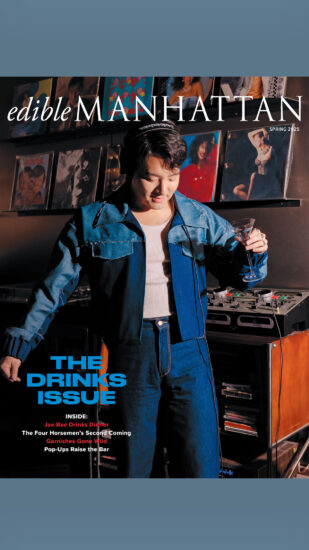https://www.youtube.com/watch?v=cgxxT4xpVNI
Our recent screening of A Place at the Table at the Times Center stunned us all with the baffling and shameful fact that there are more Americans hungry today than at any point in our nation’s history. Except for a brief, but successful, attempt in the early 1970s to eliminate hunger and poverty with expanded government health and nutrition services, the number of Americans who go without food sometimes or most of the time has steadily ballooned to roughly 50 million. This despite a massive mobilization of charity from individuals and community groups; the number of soup kitchens and food pantries has surged from just 200 in 1980 to 40,000 today. If anything, federal help is on the wane. In September, Congress agreed to cut $40 billion from the food assistance budget over the next ten years. The government shutdown earlier last week put food assistance payments at risk for 1.8 million people—in New York City alone!
So, what can we do? This was the question asked in more way than one by Edible readers and ‘wichcraft eaters during a too-short Q&A session. Here we offer some more answers.
Check out hungervolunteer.org.
During the Q&A, Joel Berg, director of the New York City Coalition Against Hunger, said a good starting point is hungervolunteer.org, a streamlined clearing house for helping the hungry find assistance, and pointing everyone toward ways in which they can help, from receiving e-mail or phone alerts when it’s time to call our elected officials in Washington. (In an in-depth conversation with Edible Brooklyn in 2010, Berg noted that, despite the charitable impulse, there is so much more you can do than volunteer at a soup kitchen on Thanksgiving.)
Think local (as long as you also think federal).
Berg emphasized that we cannot ignore the federal policies that create hunger and poverty (“It’s like trying to deal with drought while ignoring water.”) But you can still proudly support hunger efforts that connect with local farmers, which means more money staying in local economies and more fresh produce. City Harvest, the largest food rescue organization in the nation (and the world), which already works to rescue food from supermarkets and star chefs like Eric Ripert, has teamed up with Greenmarkets to ensure that any extra produce finds a home at soup kitchens and food pantries. GrowNYC’s Fresh Bodegas program is pushing regional produce into bodegas and other shops in neighborhoods without ready sources of fruit and veggies. (This week, the program is getting carrots, apples, cabbage, squash and juices to stores in Harlem and Bed-Stuy.) Lots of local groups, like the West Side Campaign Against Hunger, are in fact working to change federal policy even as they serve locals. On the East End of Long Island, a collaboration between food banks and local farmers allows donors to earmark their dollars to be used to buy local produce from nearby farms. Berg’s group NYCCAH runs several pay-what-you-can CSAs like these that are fed by local farms.
Yes, gardens can help.
One attendee asked about rooftop farms and micro-gardens as part of the solution. Again, these efforts are no substitute for providing free breakfasts and lunches in school, broadening food stamps, creating a living wage, and other federal policy shifts. But if you are an avid gardener, you can clearly help, too. Check out AmpleHarvest.org to find where you can take your surplus produce. Indeed, one ambitious New Yorker wants to plant gardens solely for the purpose of feeding the hungry. In fact, in the wake of Hurricane Sandy, which closed several grocers in Red Hook, Added Value community farm remained a source of fresh produce. At least one Long Island farm has several acres set aside entirely to supply food pantries.
Spread the word about A Place at the Table.
Director Kristi Jacobsen noted that the film is available in versions for schools, community groups and other interested audiences. If you want to screen it for your friends, colleagues and community, contact the filmmakers here.
Did we miss something? Let us know what you do, or think others should do, to reduce hunger in New York.



